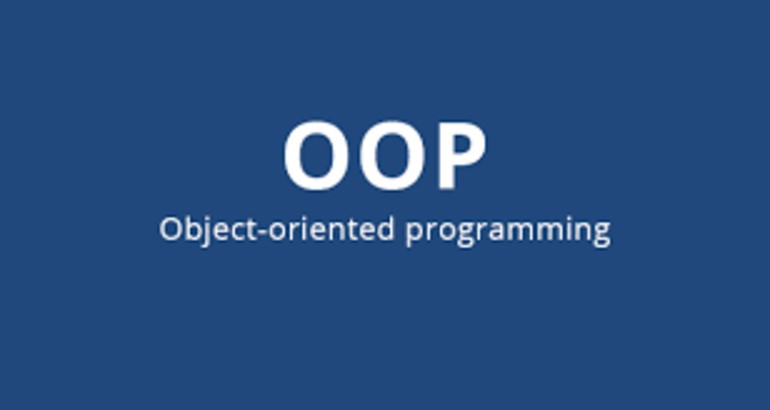
Module 1: Introduction to Object-Oriented Programming Evolution of programming paradigms: Procedural vs. OOP Importance and advantages of OOP Real-world examples of OOP concepts.
Module 2: Classes and Objects Defining classes and creating objects Attributes and methods Access specifiers (public, private, protected) Constructors and destructors.
Module 3: Encapsulation and Abstraction Data hiding and encapsulation techniques Abstract classes and methods Interfaces and their applications.
Module 4: Inheritance Types of inheritance: single, multiple, multilevel, hierarchical, hybrid Method overriding and super keyword Code reusability through inheritance.
Module 5: Polymorphism Compile-time polymorphism (method overloading, operator overloading) Runtime polymorphism (method overriding, dynamic binding) Use cases in real-world applications.
Module 6: Advanced OOP Concepts Static members and methods Inner classes and nested objects Exception handling in OOP Packages and namespaces.
Module 7: Object-Oriented Design Principles SOLID principles DRY, KISS, and YAGNI principles Cohesion and coupling Best practices in object-oriented design.
Module 8: Design Patterns Introduction to design patterns Creational patterns: Singleton, Factory, Builder Structural patterns: Adapter, Decorator, Composite Behavioral patterns: Observer, Strategy, Command.
Module 9: UML and Software Modeling Introduction to Unified Modeling Language (UML) Class diagrams, object diagrams, sequence diagrams Case study on OOP-based system design.
Module 10: Capstone Project & Industry Applications End-to-end project applying OOP concepts Real-world applications in software, web, mobile, and gaming development Code review, debugging, and testing practices Project presentation and evaluation.
Mobile: 9100348679
Email: coursedivine@gmail.com

You cannot copy content of this page